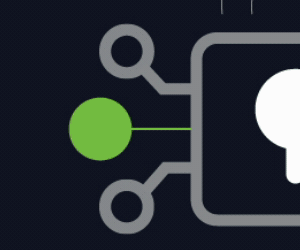CISA’s highly regarded red team operation found key problems with a critical infrastructure organization in a 2024 assessment; the target “relied too heavily on host-based endpoint detection and response solutions and did not implement sufficient network layer protections.” CISA further found the IT staff needed better training and resources, and that management “minimized the business risk of known attack vectors for the organization.”
That’s the kind of feedback a real intruder isn’t going to pause and deliver.
What Is Red Teaming, and Why Does It Matter for Cyber Resilience?
Cybercriminals regularly engineer new ways to break into networks, which is why agency IT departments must understand their own vulnerabilities. Add new artificial intelligence capabilities to the mix, and the opposing team is more formidable than ever.
Breakout time, the time it takes for an attacker to move laterally within a network that’s been breached, has fallen to 48 minutes on average — the fastest time observed was a mere 51 seconds — according to CrowdStrike’s 2025 Global Threat Report.
“We track it as the time from when a threat actor initially lands in an environment, until they move laterally toward their objective,” says Tom Etheridge, chief global professional services officer for CrowdStrike.
Red teams imitate the behavior of malicious hackers, employing many of the same exploits to access networks and demonstrate which parts of the security architecture need improving.
“Red teaming is true adversarial behavior,” says Aaron Herndon, principal security consultant for Rapid7. “You’re doing a war game against a company’s blue team.” (A blue team consists of an organization’s in-house IT security staff.)
Red teams attack unannounced and often stay low and slow, like real hackers, Herndon says.
“We’re not going to find all vulnerabilities, just the easiest way to get in — or a way that is least-detected,” Herndon says.
Rapid7 commonly allows 40 days for a full assessment. The outside red team and internal blue team compare notes to close gaps, fix faulty processes and improve the organization’s overall security posture after the drill.














